Honorable Mention: Donna Wan
Artist Statement: In the Landscape
In the Snow Forest
At the Coast
On a Platform in the Desert
At the Edge of the Lake
At the Salt Flats
By a Bush in the Desert
On a Cliff
In the Fog
In and By the River
At the Gorge
JUROR:
Virginia Heckert, Associate Curator, J. Paul Getty Museum
First Place:
Honorable Mention:
JUROR VIRGINIA HECKERT, Associate Curator, J. Paul Getty Museum
It has been a pleasure and honor to serve as the juror for Project Launch, with its abundance of worthy submissions seeking support towards the completion of the projects presented. It is not an easy task to review several hundred submissions, taking into consideration not just the images, but the statements as well. What struck me was the great number of projects that use photography to describe a sense of place and the range of motivations that inspire these efforts - documentation, reform, personal exploration, etc. The most successful submissions demonstrated a degree of nuance or sophistication that derives from a deep engagement with the subject. Whether presenting themes that are geographically specific or personally meaningful, all twenty of the submissions that advanced to the final round are infused with a sensibility that enables them to achieve a universal relevance, while also rewarding the viewer with a sense of discovery in the process. Selecting a final winning project was particularly challenging.
First place: I kept returning to Odette England's Thrice Upon a Time for the story it tells about the loss of a family farm, and Ms. England's poignant effort to reclaim that loss by engaging her parents in the performative act of attaching negatives of the farm that she had taken previously to the soles of their shoes as they return to the site on a regular basis and walk the land that they once owned. The images derived from the battered and frayed negatives make tangible the anguish and grief the photographer wishes to convey.
Honorable Mention: There is something immediately familiar about the sites that Yiorgos Kordakis has photographed for his 10,000 American Movies project, a familiarity that is at once distanced because, like Mr. Kordakis before embarking on his project, most of us "know" these sites only through the vicarious experience of seeing them in movies. His use of instant Polaroid film reinforces this dichotomy of immediacy and distance, introducing the element of time to that of place.
Honorable Mention: Donna Wan's In the Landscape project successfully borrows a tradition from landscape painting, that of 19th-century Romantic painters' introduction of a figure seen from behind to lead the viewer into the scene, to depict a wide range of vacation and leisure destinations. Elevated vantage points and less-than-ideal lighting conditions introduce distancing elements that underscore the investigative nature of her observation of individuals interacting with the landscape.
Congratulations to the winners and to all who participated in Project Launch.

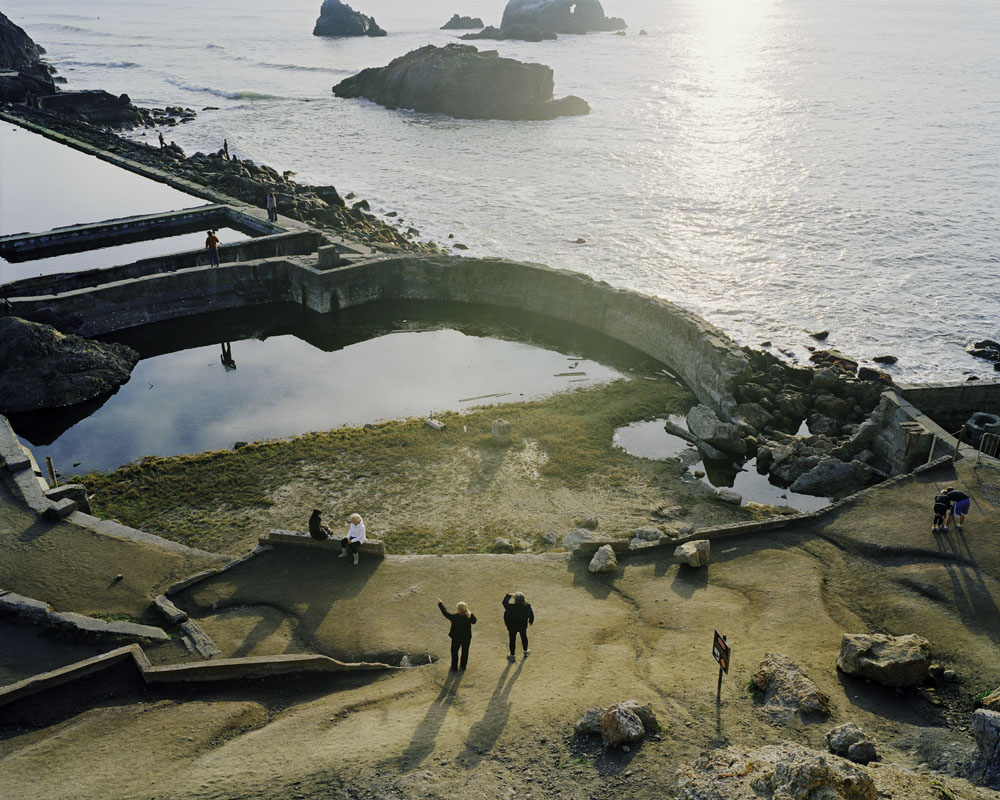

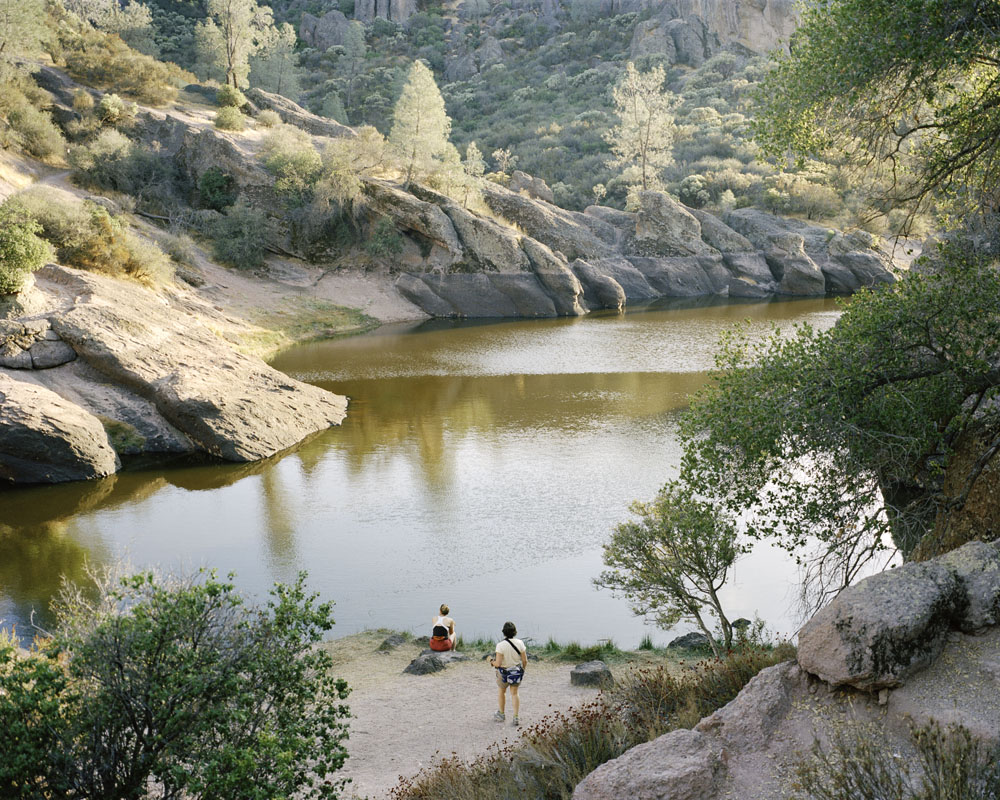

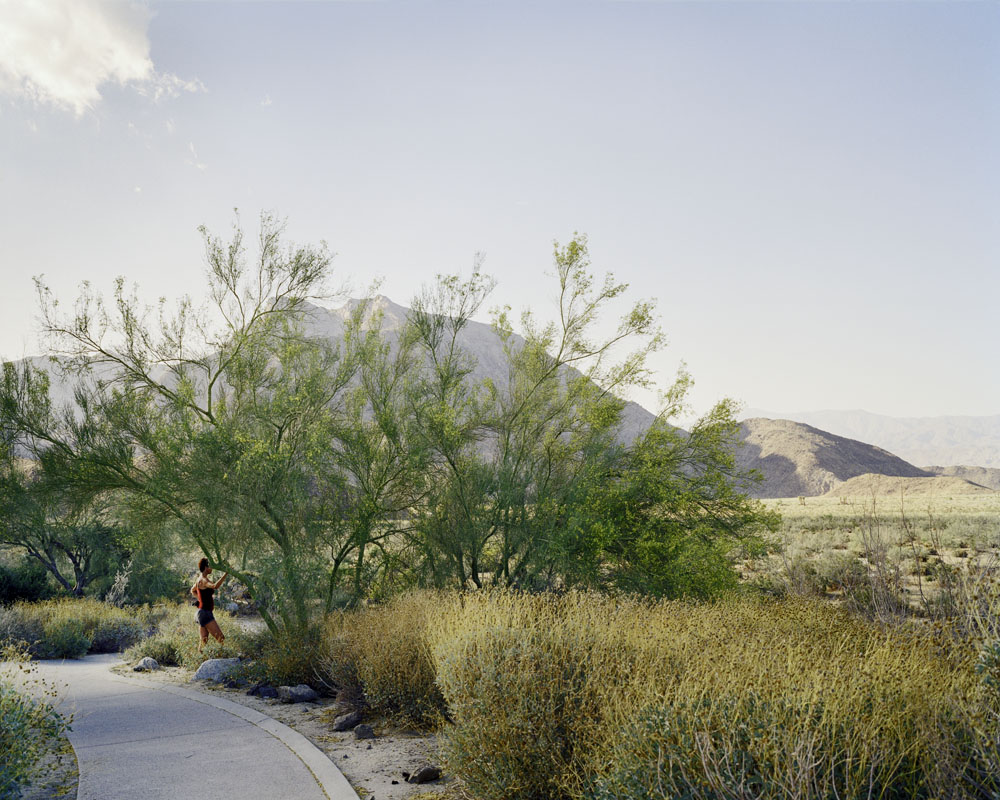
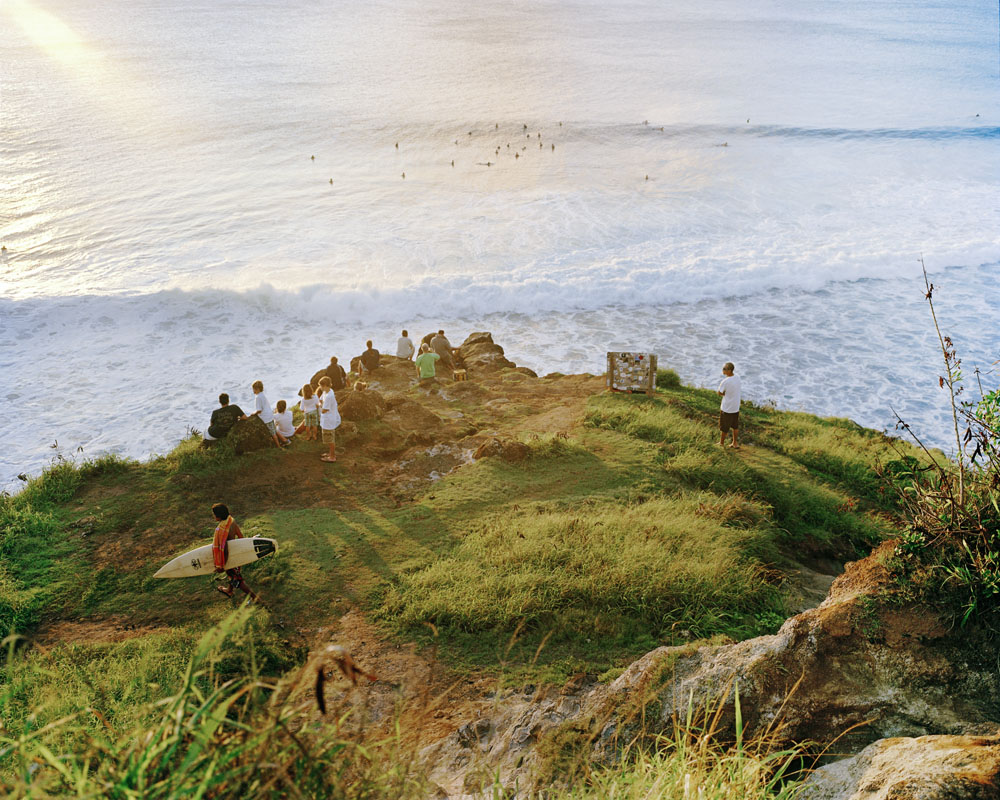


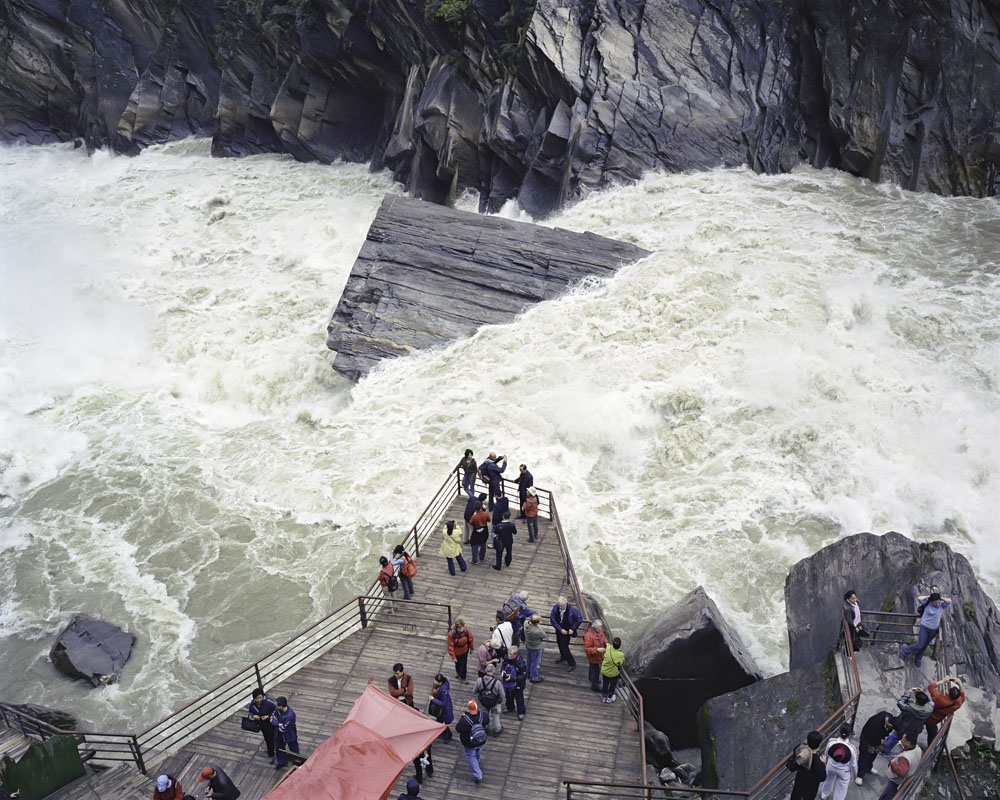
Honorable Mention: Donna Wan
Artist Statement: In the Landscape
In the Snow Forest
At the Coast
On a Platform in the Desert
At the Edge of the Lake
At the Salt Flats
By a Bush in the Desert
On a Cliff
In the Fog
In and By the River
At the Gorge
How does the landscape shape identity? In the past, I have made pictures of the natural world that has been altered by man in some way or another - from subtle incursions to a near complete annihilation of it. While people were present in some of my previous work, I was concerned more with the evidence of their intervention. They were there in spirit but not in actuality. In this new body of work where people are the focus of my photographs, I am investigating how they relate to and interact with the landscape.
Yet I have intentionally photographed people from behind, in shadow or at a scale where it is difficult to obtain a clear read of their faces. These "anti-portraits" are not about the individual identities of the people being portrayed but about the viewer's ability to project him/herself into the picture and experience the landscape vicariously. In Germany, they call this visual phenomena "ruckenfigür," a technique pioneered by the 19th century romantic painter Casper David Friederich. By obscuring the identities of the people in these photographs, I am hoping to give the viewer an ability to enter the scene spread out before him/her. I believe a large part of who we are stems from intangible experiences that are part- lived, part- perceived and part- imagined. And the landscape, especially representations of it, is one vehicle through which this happens.